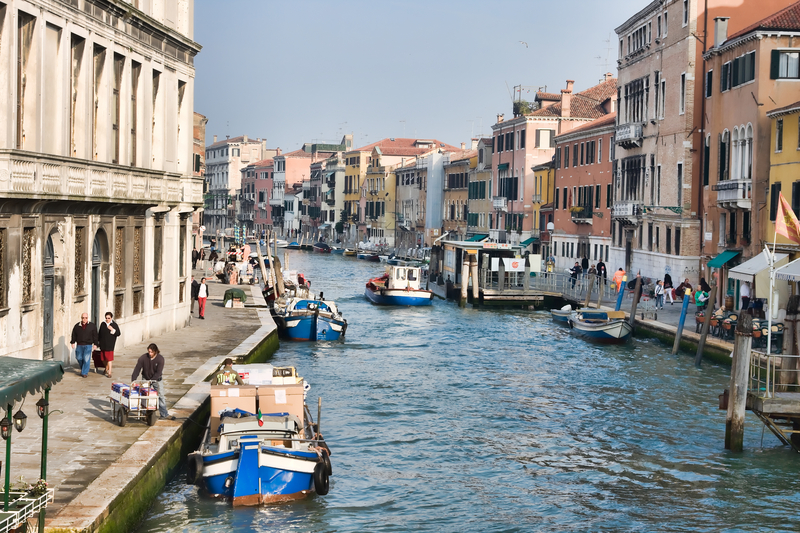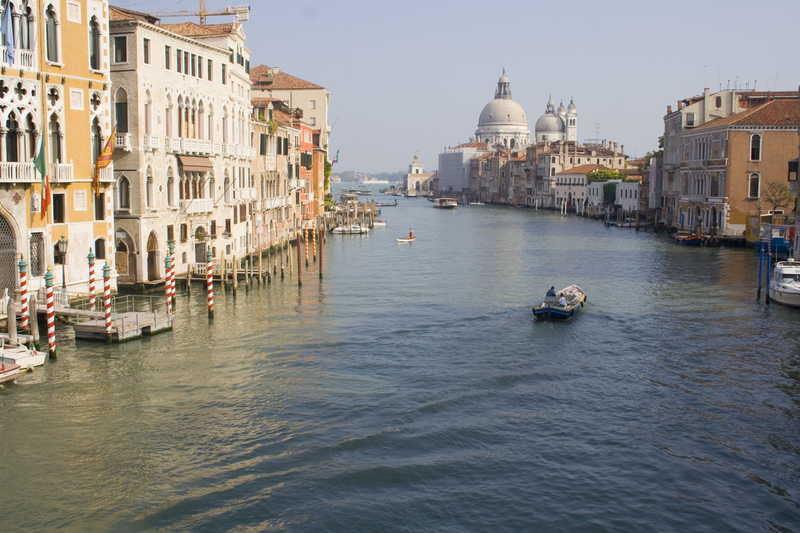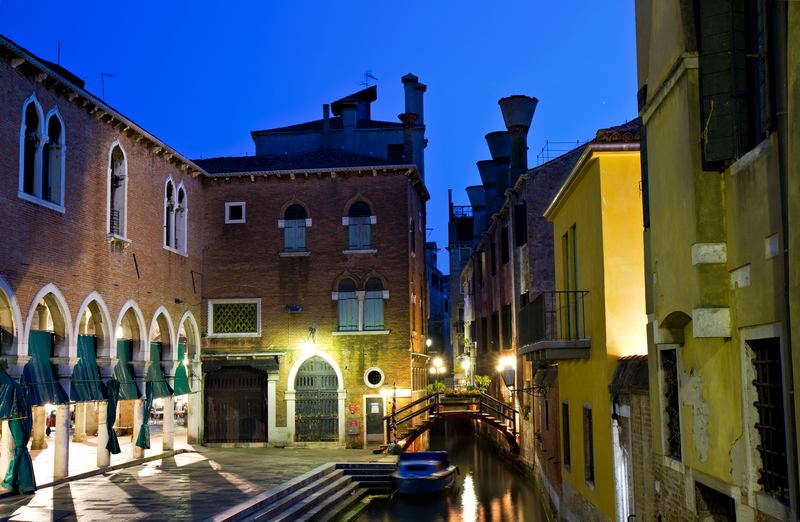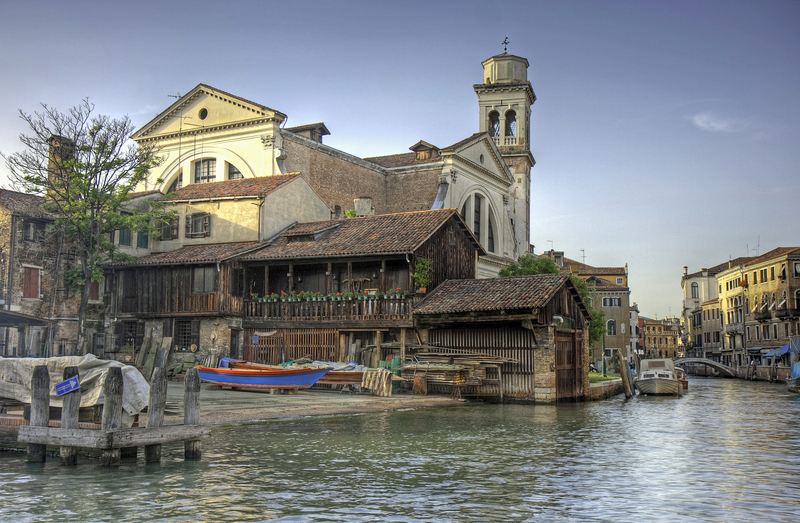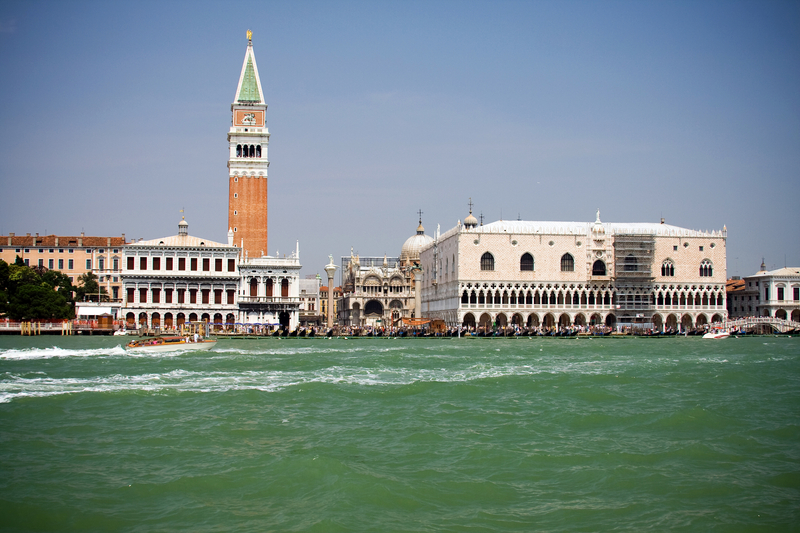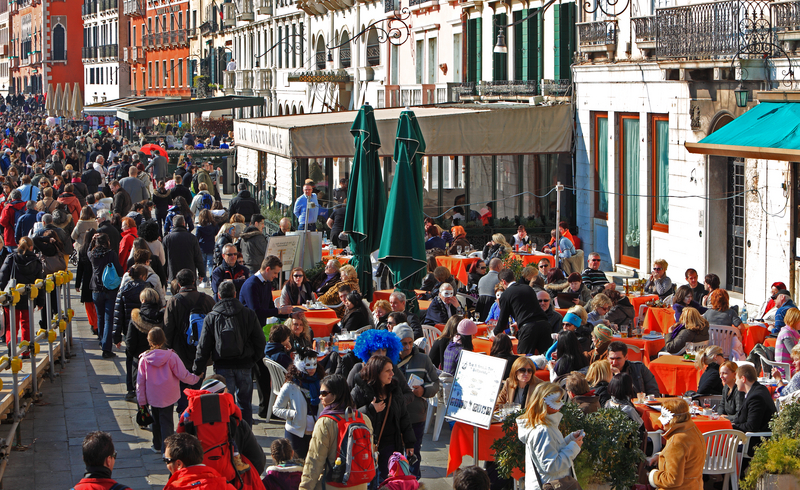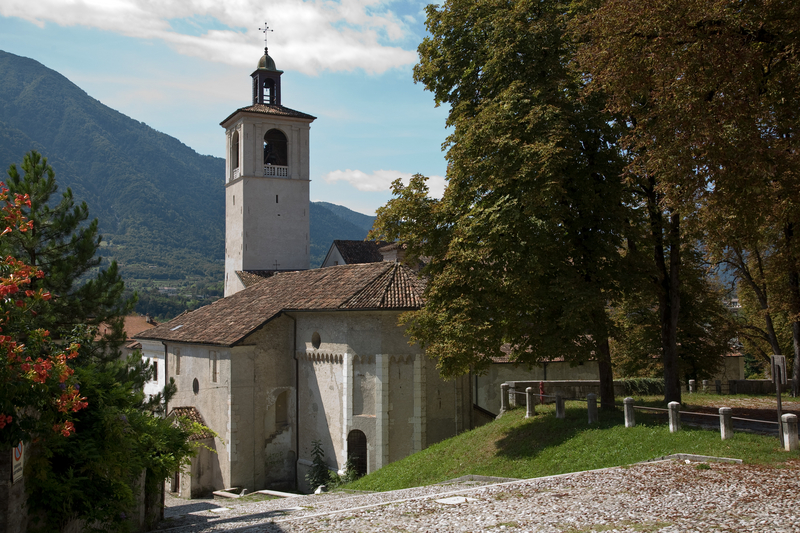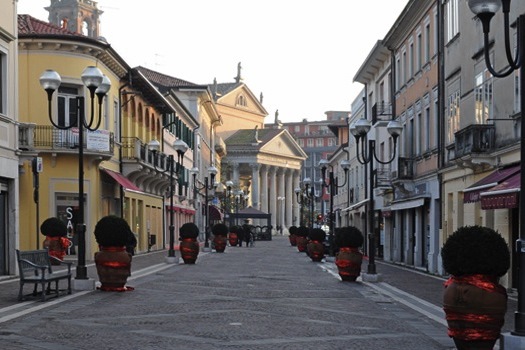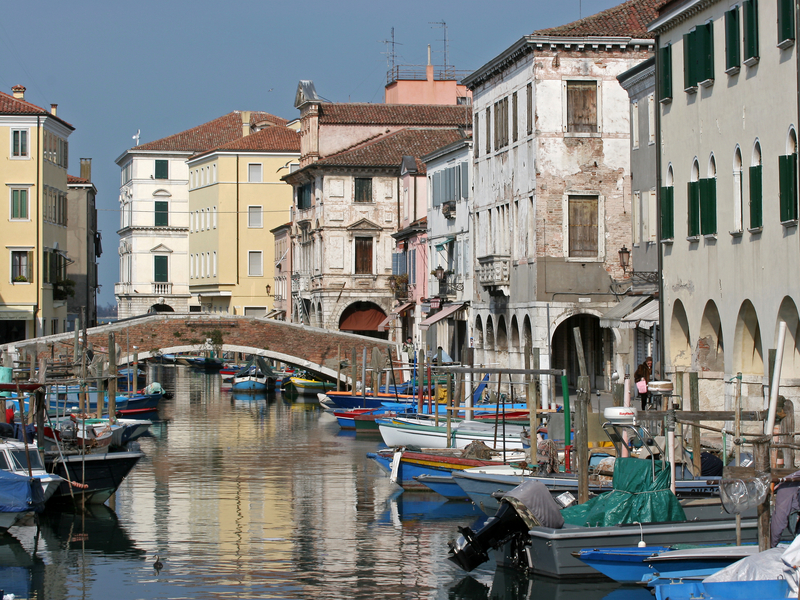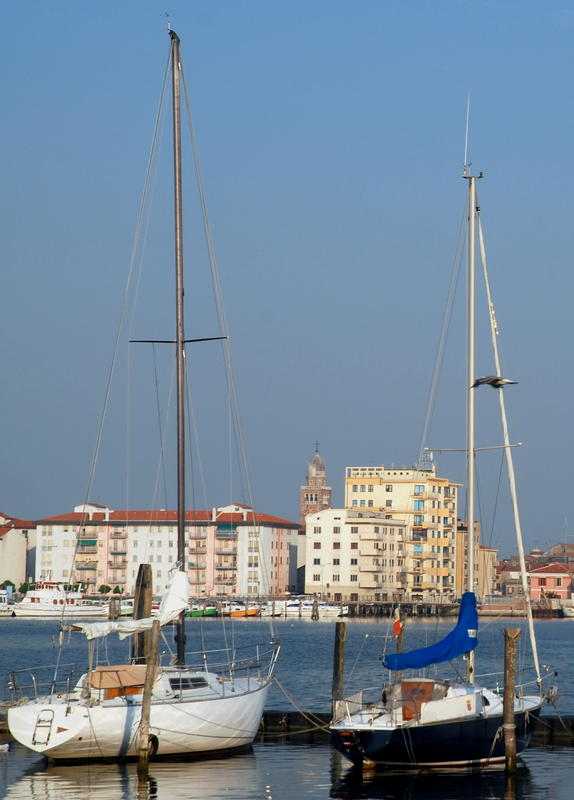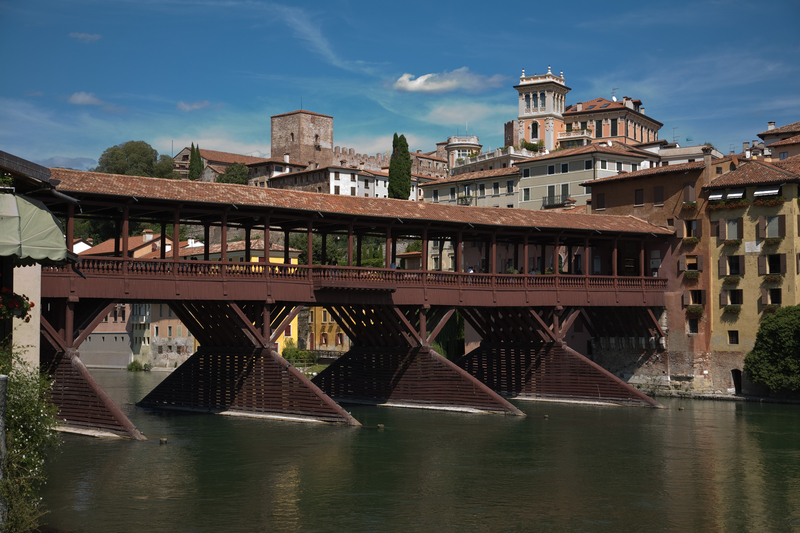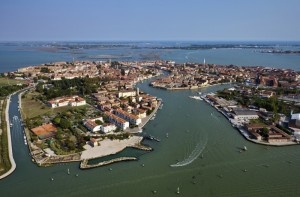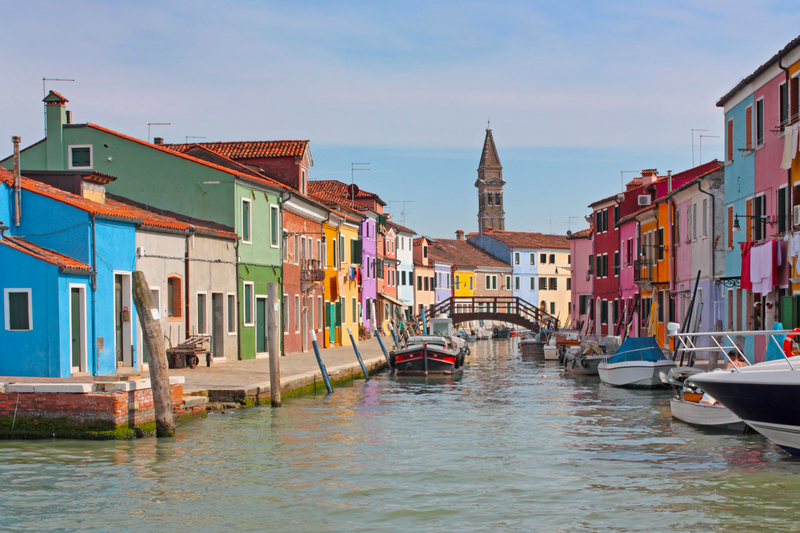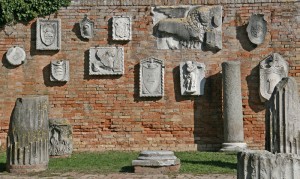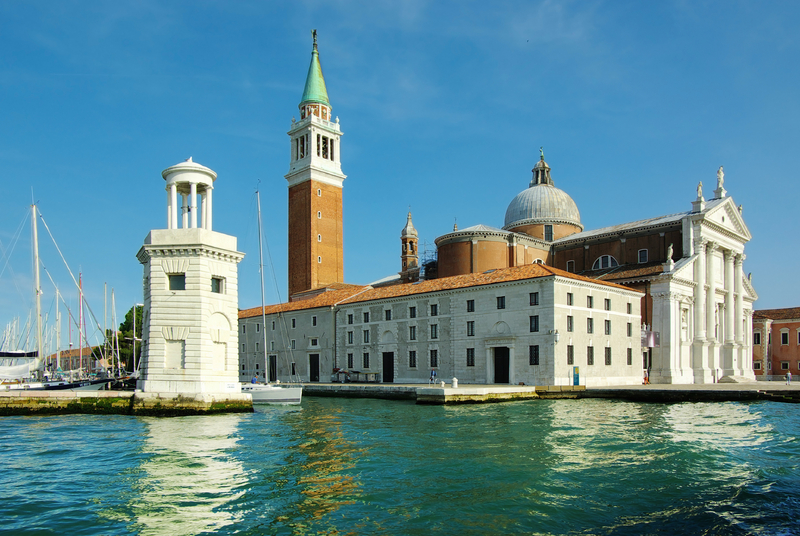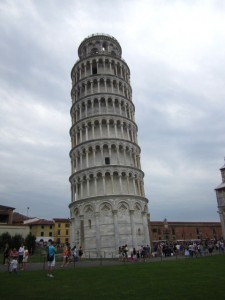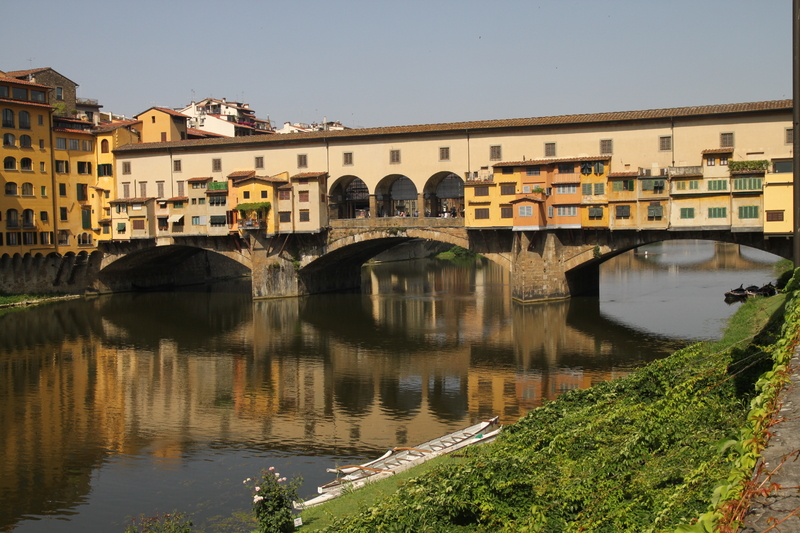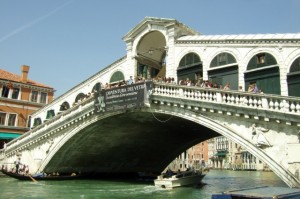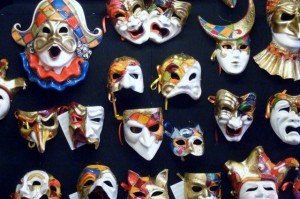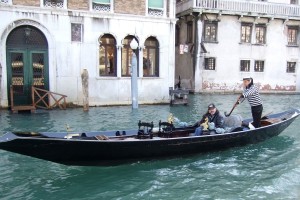Guest Post By: Margie Miklas
When you are in Rome you can't leave without stopping in at Caffè Greco, the oldest coffee bar in Rome. A fixture for over 250 years, Caffè Greco is second only to Caffè Florian in Venice as the oldest coffee bar in Italy. Always crowded, very expensive, and very classy with waiters dressed in tails, Caffè Greco is one of a kind.
It is not only a place to get a cup of cappuccino or a cannoli but a gathering place where you can actually sit and talk about current issues or your family. Italians stand and sip their espressos in the large front lobby where the table tops are made of marble and the huge wooden bar is beautiful. Tourists as well as those who wish to stay awhile head towards the back where there are several rooms, called interna sala, adorned with red velvet and rich décor. You will pay an extra ten euros for the privilege but the atmosphere alone is worth it.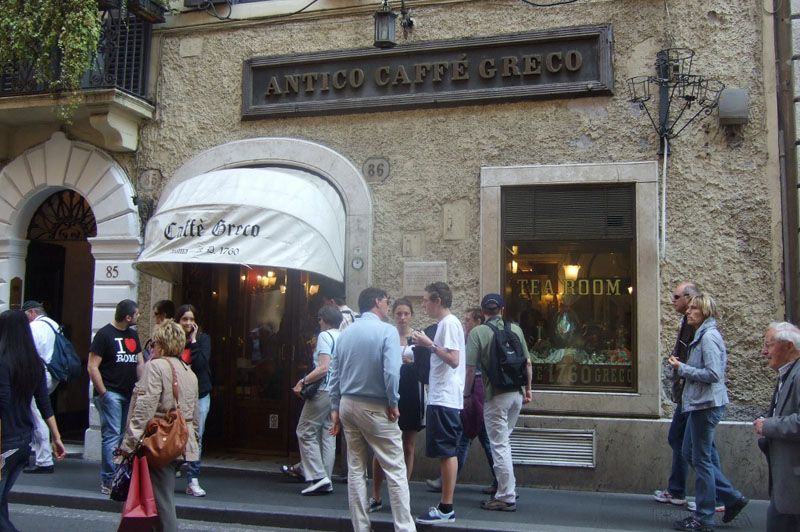
Quite an impressive list of writers artists, and composers have spent time here, and there is fact an old guestbook with yellowing pages where you can check out some of their signatures. Writers Goethe, Keats, Stendhal and D'Annunzio made this a regular hangout and Hans Christian Anderson used to live upstairs in a rented room. Casanova was known to frequent this bar during lunchtime while he worked as secretary to the Spanish Ambassador.
Classical composers Richard Wagner, Liszt, Mendelssohn, and opera conductor Toscanini all spent hours at Caffè Greco drinking and discussing the issues of the day. Rossini was known to have composed in these rooms and even the American writer Mark Twain spent time here when he was in Rome. Today Caffè Greco is still a place where intellectuals like to come to have a sophisticated conversation.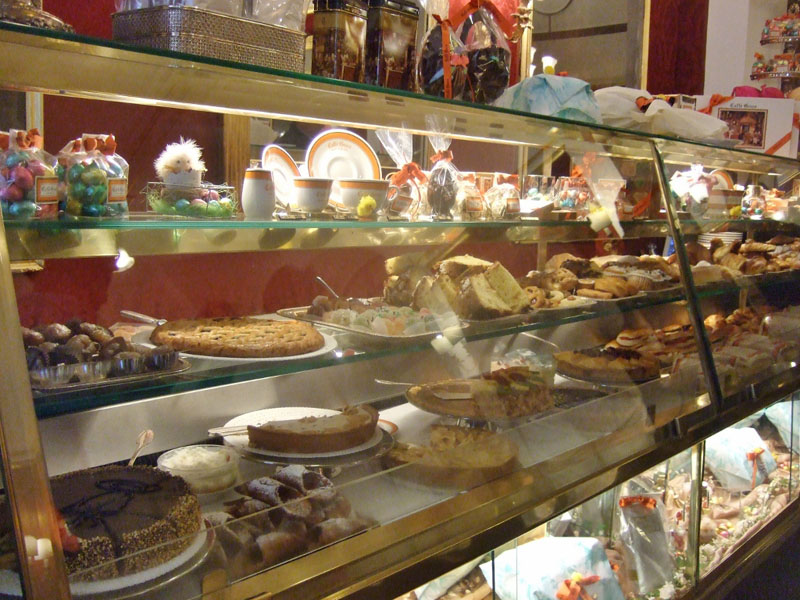
Besides all the variations of coffee here there are rows of delicious sweets or dolci. When I was there recently I had a cannoli and even though it was six euros it was so worth it. It was one of the best I had tasted north of Sicily. I wish I had known at the time that I could have hung out in the front and eaten it at my leisure while people watching. I thought you had to pay the ten euro fee to sit down or else leave once I bought something. Next time I will spend more time and maybe even pay the ten euros to sit in one of the rooms in the back.
Caffè Greco is almost like an art gallery since there are so many collections of old paintings and 19th century frescoes on the walls. On the walls are also some portraits of some of the more famous patrons. There are over 300 works of art here which makes this the largest private art gallery that is open to the public.
Centrally located in the heart of the historic area of Rome, Caffè Greco is located on via Condotti not far from the Spanish Steps. Open daily from 9-7 Caffè Greco is always an interesting place full of life. The house specialty features coffee made with lemon and orange and is called "Paradiso." Don't miss a visit here on your next trip to Rome. You will not regret it.
Guest Post By: Margie Miklas
Follow Margie on her blog at margieinitaly.wordpress.com
